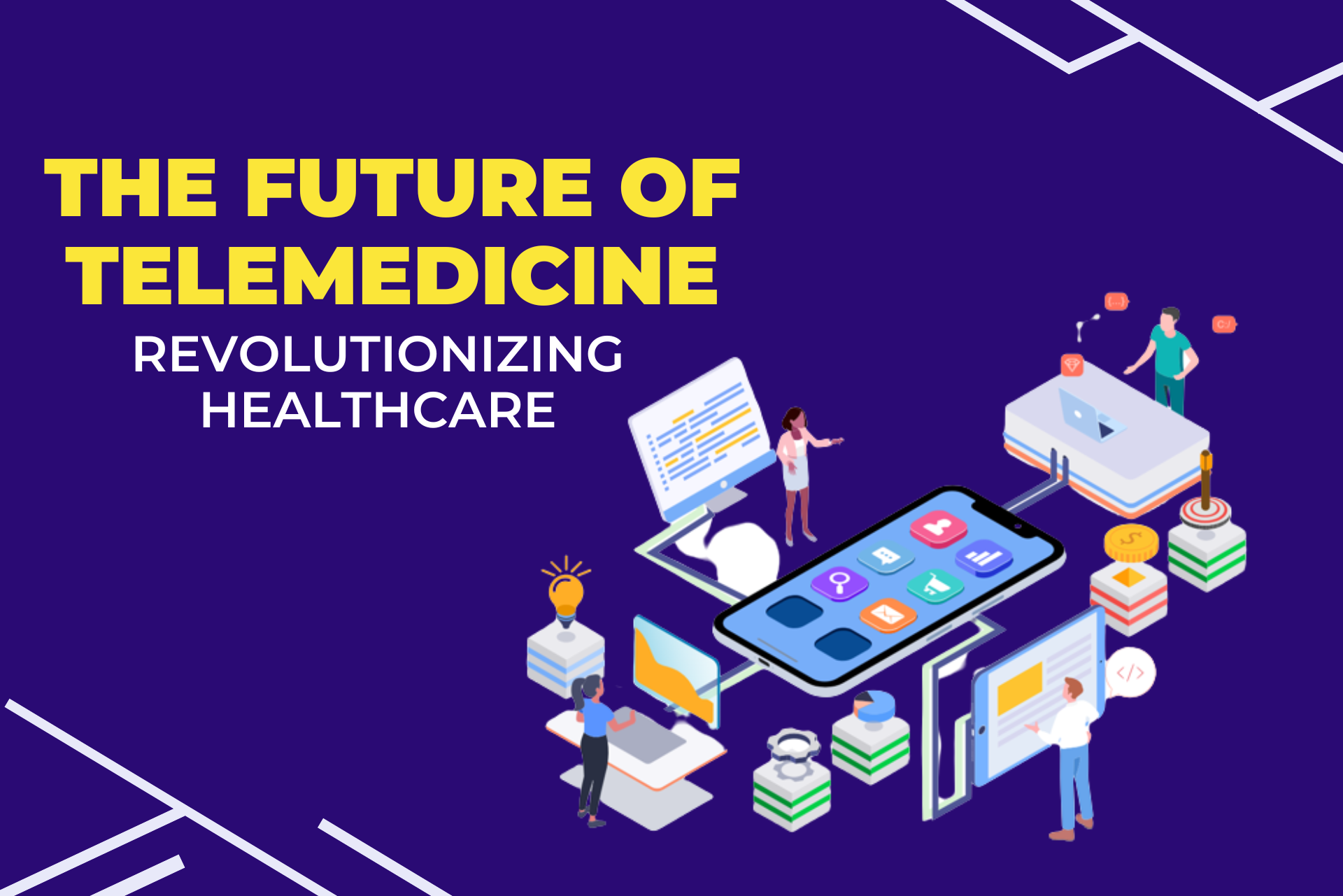The Future of Telemedicine: Revolutionizing Healthcare
Introduction
In recent years, remote healthcare, also referred to as telehealth or eHealth, has emerged as a revolutionary force in the healthcare industry, fundamentally altering the way patients receive medical care and healthcare professionals administer it. As technology continues to advance and adapt to the needs of patients and healthcare providers, the horizon of remote healthcare promises even more remarkable developments. In this article, we will explore the evolving landscape of remote healthcare, delving into the key aspects discussed in the articles from Goavega and Imaginovation. Furthermore, we will provide a comprehensive overview by addressing frequently asked questions about this dynamic field.
I. Telemedicine: A Paradigm Shift in Healthcare
Remote healthcare involves leveraging digital communication technology to offer medical services and consultations from a distance. It encompasses a wide spectrum of applications, ranging from virtual doctor visits to the remote monitoring of chronic conditions. The articles from Goavega and Imaginovation correctly highlight the following key points:
1. Enhanced Healthcare Access: Remote healthcare has obliterated geographical barriers, granting patients access to healthcare services regardless of their location. This is particularly crucial in rural areas and during emergencies, considerably enhancing medical accessibility and reach.
2. Cost-Efficiency: Remote medical services often translate into reduced healthcare costs for both patients and providers. By eliminating the need for travel and streamlining administrative processes, it has the potential to significantly lower the cost of healthcare services, making it an economically sustainable healthcare alternative.
3. Empowered Patient Engagement: Custom healthcare applications and platforms foster enhanced patient engagement through features such as appointment reminders, digital health records, and real-time communication with healthcare professionals. This heightened patient involvement can translate into improved health outcomes.
4. Continuous Remote Monitoring: Tailored healthcare enables the continuous monitoring of patients with chronic conditions. This data-driven approach is instrumental in early detection and timely intervention, facilitating proactive healthcare management.
II. The Guide to Developing Healthcare Applications
The Imaginovation article underscores the pivotal role of technology in custom healthcare. The development of effective remote healthcare applications necessitates meticulous planning and execution. The following key principles are emphasized:
1. User-Centric Design: Custom healthcare apps must prioritize user-friendly interfaces to ensure ease of use for patients and healthcare providers alike. This user-centric approach enhances the accessibility and usability of remote healthcare platforms.
2. Security and Privacy: Data security and patient privacy are paramount in remote healthcare. Compliance with healthcare regulations, such as HIPAA, is imperative to safeguard sensitive patient information, ensuring the utmost privacy and confidentiality.
3. Integration with Electronic Medical Records (EMRs): Seamless integration with Electronic Medical Records (EMRs) ensures that healthcare professionals have access to accurate patient data during virtual consultations. This integration streamlines medical data management, enhancing the quality of care.
4. Scalability: Remote healthcare platforms should be designed with scalability in mind to accommodate increasing numbers of users and healthcare providers. Scalability ensures that remote healthcare services can expand as needed to meet growing demands.
III. Beyond the Articles: Envisioning the Future
While the articles aptly address the current state of remote healthcare, it is imperative to gaze into the future to anticipate what lies ahead:
1. AI and Machine Learning: Artificial Intelligence (AI) and Machine Learning (ML) are poised to play an increasingly prominent role in remote healthcare, assisting in diagnosis, treatment recommendations, and predictive analytics. These advanced technologies are set to elevate healthcare decision-making to new heights.
2. IoT and Wearable Devices: The integration of the Internet of Things (IoT) and wearable devices is poised to enrich remote monitoring capabilities, providing real-time health data to healthcare providers. IoT and wearables contribute to more comprehensive healthcare data collection, aiding in personalized care.
3. Virtual Reality (VR) and Augmented Reality (AR): VR and AR technologies are slated to enable immersive medical training and lifelike simulations for medical students and healthcare professionals. These immersive experiences hold the potential to revolutionize medical education and training.
4. Global Adoption of Remote Healthcare: Remote healthcare will continue its global expansion, enhancing access to medical services in developing nations and remote regions. The widespread adoption of remote healthcare promises to advance healthcare equity on a global scale.
Transforming Healthcare with BharatLogic
Experience healthcare reimagined at BharatLogic! Our services, from telemedicine to advanced health analytics, are designed for your well-being. We blend cutting-edge technology with medical expertise to provide high-quality care from the comfort of your home. Whether it’s virtual consultations, health monitoring, or personalized insights, we’re your trusted partner in shaping the future of convenient and accessible healthcare application development.
Conclusion
The future of remote healthcare holds immense promise, with technological advancements poised to reshape the delivery and accessibility of medical services. As we move forward, the focus remains on enhancing patient outcomes, broadening healthcare access, and upholding stringent standards of data security and privacy. With a user-centric approach and a commitment to innovation, remote healthcare is poised to revolutionize medical services in ways that stretch the bounds of our imagination.
Frequently Asked Questions:
Question. Is remote healthcare as effective as in-person care?
Answer: Remote healthcare can be as effective as in-person care for many conditions, particularly for routine check-ups, follow-up appointments, and chronic illness management. However, there are circumstances where in-person care remains indispensable.
Question. How secure is remote healthcare in terms of patient data?
Answer: Remote healthcare platforms prioritize data security and adhere to healthcare regulations, employing encryption and secure channels to protect patient information.
Question. Can prescriptions be issued through remote healthcare?
Answer: Yes, in many cases, healthcare providers can prescribe medications during remote healthcare consultations. However, regulations may vary by region, necessitating a check of local laws and provider policies.
Question. Is remote healthcare covered by insurance?
Answer: Many insurance plans encompass remote healthcare services, particularly for specific types of visits. Confirming coverage with your insurance provider is advisable to ascertain the extent of your benefits.


